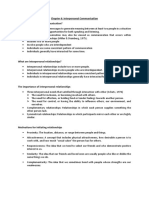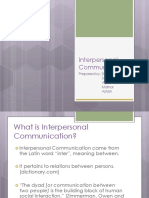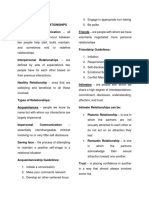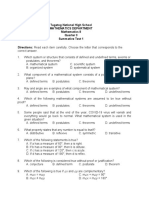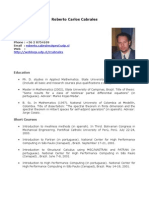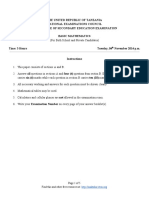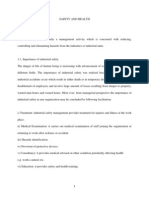0% found this document useful (0 votes)
10 views37 pagesModule 25
The document outlines the course content for Social Psychology and Interpersonal Communication, focusing on interpersonal communication models, dyadic versus small group interactions, and the stages of relationship development. It discusses motivations for initiating and terminating relationships, as well as strategies for managing interpersonal relationships, including an Islamic perspective on maintaining relations. Key concepts include the phases of relationship development and disintegration, and the importance of empathy and effective communication in fostering healthy relationships.
Uploaded by
Nadia BCopyright
© © All Rights Reserved
We take content rights seriously. If you suspect this is your content, claim it here.
Available Formats
Download as PDF, TXT or read online on Scribd
0% found this document useful (0 votes)
10 views37 pagesModule 25
The document outlines the course content for Social Psychology and Interpersonal Communication, focusing on interpersonal communication models, dyadic versus small group interactions, and the stages of relationship development. It discusses motivations for initiating and terminating relationships, as well as strategies for managing interpersonal relationships, including an Islamic perspective on maintaining relations. Key concepts include the phases of relationship development and disintegration, and the importance of empathy and effective communication in fostering healthy relationships.
Uploaded by
Nadia BCopyright
© © All Rights Reserved
We take content rights seriously. If you suspect this is your content, claim it here.
Available Formats
Download as PDF, TXT or read online on Scribd
/ 37

